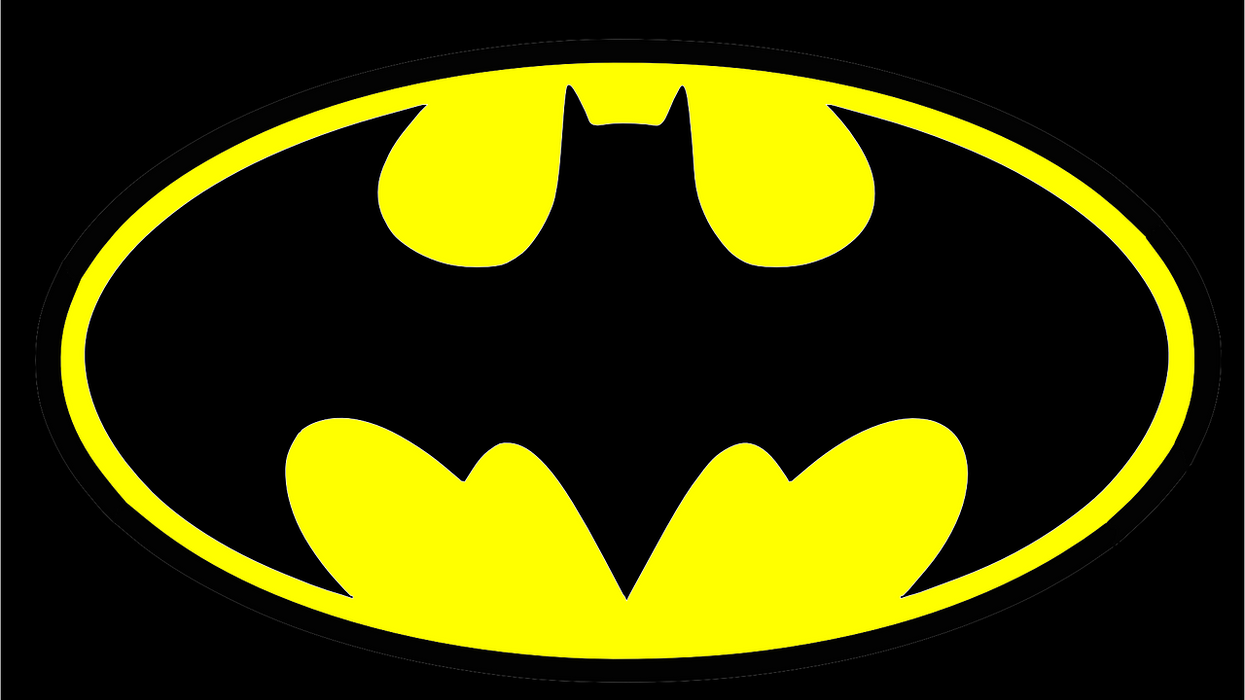How The Evolution of Batman Reflects The Zeitgeist
How has Batman stayed relevant for so long?

Batman is arguably the most famous comic book character of all time. Born into wealth, Bruce Wayne lost his parents as a child when a mugger murdered them in cold blood. He channeled his pain and anger, merging it with his true superpower, his fortune, and his fear of bats to become the crime-fighting Batman.
Fundamentally, he has stayed relevant by incorporating the sentiment of the times. Our friends at One Hundred Years of Cinema have a great video highlighting the various changes Batman has gone through.
With the advent of the motion picture, it was only natural to adapt popular content, such as comic books. Batman’s first cinematic outing was in a 15-chapter theatrical serial, Batman (1943) followed by another serial, Batman and Robin (1949). Batman had only been introduced to the world in Detective Comics just four years prior but these serials ensured that Batman became a household name in addition to being a useful propaganda tool during World War II. Batman was now a secret US government agent foiling Japanese plots against the country. The serials had to keep in line with the strict Production Code and the storylines were shaped around anti-Japanese sentiment.
With the war coming to a close, more outlandish works, such as Buck Rogers and Flash Gordon, gained popularity. The serials were dropped after middling reviews and it would take sixteen years before Batman regained the limelight.
The first Batman serial was re-released in 1965 as An Evening with Batman and Robin. What was once cheap and amateurish was now camp and kitsch. Students and artists came in droves and laughed at its expense. The counterculture was in full swing and everything was being seen with a new perspective.
The sweet and innocent partnership of Batman and Robin now had a homoerotic subtext. This led to the Batman TV series and its feature Batman: The Movie (1966), which thoroughly explored Batman and Robin in the context of the Swinging Sixties. The distinctly comedic tone coupled with the cultural echo chamber of pop art and comics led to a pop culture phenomenon. After the series’ cancellation, a second film was scrapped and the pendulum swung away to the gravity of Watergate and Vietnam.


The follow-up, Batman Returns (1992), upped the ante and proved too much, especially for parents, with its further warped characters and increased social commentary that tackled corrupt politicians and corporate greed.
Warner Bros decided to change course and opted for a more family-friendly affair, going after the 14-25 year old theater-going demographic. Joel Schumacher was tasked to bring this vision to life in Batman Forever (1995) which took Burton’s Gothic and added a Versace spin to create a true update of the 60s Batman. The audiences responded in kind and the studio pushed on with what would become the death knell of the franchise, Batman and Robin (1997). Maxing out the camp to 11, Batman had returned to being a punchline. In the real world, huge economic surpluses and a decline in violent crime, minimized the point of superheroes.

However, after 9/11, Christopher Nolan brought his uber-realistic take of what if Batman operated in the real world, and Batman Begins (2005) was born. This was a total reboot with a grounded aesthetic and his Dark Knight Trilogy would end up examining a post-9/11 USA and how the politics of fear became the main language between heroes and villains alike.
The Dark Knight (2008) took the next logical step and used the Joker as the embodiment of the public’s fear of terrorism while Batman was a surrogate of various counterintelligence agencies, caught between their own unbreakable codes of conduct and extreme invasion of privacy to thwart the next attack.
The Dark Knight Rises (2012) ended the saga by addressing wealth inequality and realizing the essence of Batman as not a human being but a symbol.

With each version of Batman, you can see how the times inevitably seeped into every fabric of the character. The key was never to be prescient with the material but to use the general feeling of the time and use its legacy to create something we hadn’t seen before.
With another take on Batman around the corner, what will that film show the audience about the times we live in? To each incarnation, we can always ask what is Batman fighting for? And by establishing that, what does it say about the time?
Which is your favorite cinematic incarnation of Batman? Let us know in the comments.
Source: One Hundred Years of CInema











